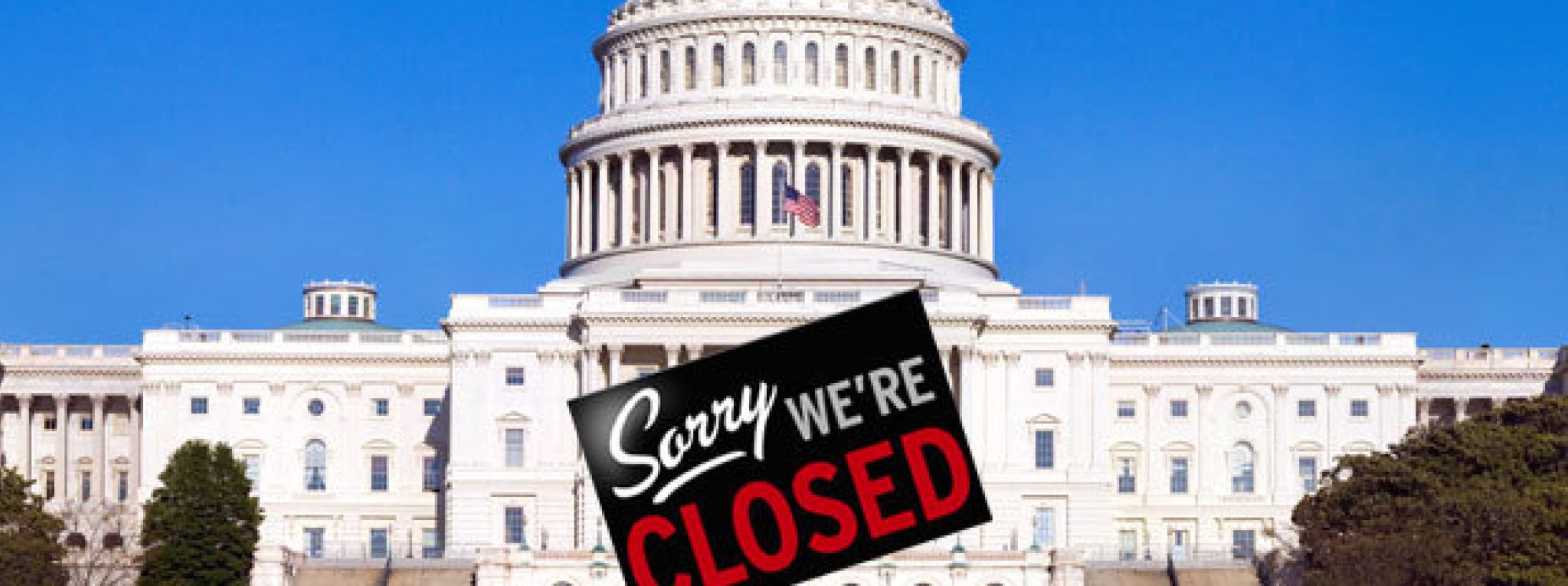![]()
There is no doubt that the consequences of a potential federal government shutdown on October 1 could have significant economic consequences within the United States, as well as on federal workers who are furloughed during the shutdown.
While true economic impacts are hard to quantify, the Bureau of Economic Analysis estimated in January 2014 that real GDP growth was reduced by 0.3 percent in the fourth quarter of 2013, a direct impact of the last federal shutdown in October of that year. As only a fraction of an enormous economy the immediate impact is relatively small, with federal government workers feeling the brunt. Nevertheless, a prolonged shutdown could adversely affect state and local governments, with economic slowdown leading to less tax revenue for infrastructure and services at all three levels of government.
Concerns, however, extend beyond America’s borders. Canada and the United States have long had an important trading relationship; with C$782 billion in goods and services being exchanged in 2013, Canada and the United States are the world’s largest trading partners. However, Canada is more dependent on trade south of the border than the United States is on its northern neighbour. In fact, roughly 70% of Canada’s exports are sent to the United States. As a result, the ripple effects of a federal shutdown have the potential to harm the Canadian economy as well.
Without officials to inspect and approve goods at the border, exports to the United States took a hit during the last government shutdown in October 2013. While the border itself remained opened, the slowed flow of goods was certainly felt. New businesses, small businesses, and those doing business with the American military or government agencies were particularly affected. A similar impact can be expected if the federal government stalls its operations once again for a prolonged period.
In a recent CBC video, Michael Gregory, a Senior Economist with the Bank of Montreal, said that a couple of days, or even a couple of weeks, likely wouldn’t do much damage, but the risk increases as more time passes. No demand from the United States means Canadian companies will suffer. Essentially, then, it is Canada’s private sector that will be hoping for a quick resolution should an American shutdown occur because the two economies are so tightly linked.
The atmosphere of uncertainty adds fuel to the fire, as Canadian companies are hesitant to invest south of the border. Gregory explained that, once a shutdown begins, people begin to lose confidence, resulting in a freeze on spending.
It really highlights the interconnectedness of business and government, both within and across borders. Our globalized world is such that uncertainties beyond our own borders can translate into economic vulnerability quite easily. I think we’ll all be paying close attention on September 30.
Brittany Renken is part of the GovLoop Featured Blogger program, where we feature blog posts by government voices from all across the country (and world!). To see more Featured Blogger posts, click here.




Leave a Reply
You must be logged in to post a comment.